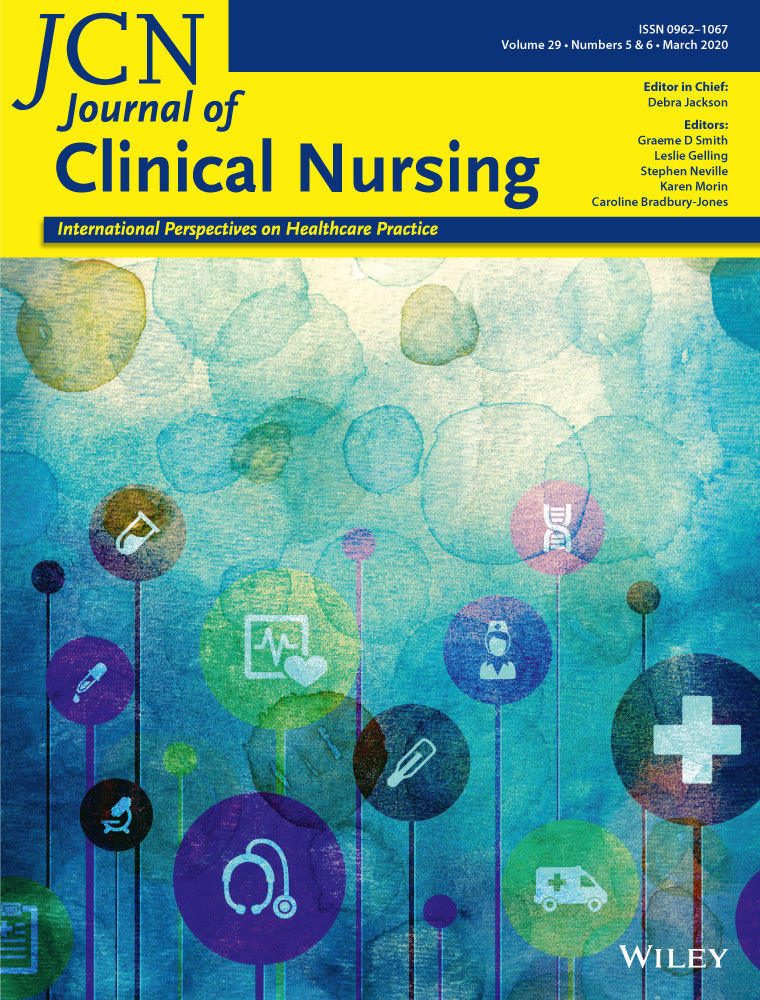Distraction-based relief of pain associated with peripheral intravenous catheterisation in adults: a randomised controlled trial
Funding information
This research did not receive any specific grant from funding agencies in the public, commercial, or not-for-profit sectors.
Abstract
Aims and objectives
This study aimed to determine the effect of methods of distraction to relieve pain associated with the peripheral intravenous catheter (PIC) insertion procedure, thus improving patient satisfaction. Specifically, we examined such effect by playing 3D videos with virtual reality goggles and showing pictures to the patient containing distractive optical illusions.
Background
In the literature, although the efficacy of various pharmacological methods for reducing pain associated with the insertion of PIC has been evaluated in adults, studies on nonpharmacological methods are limited.
Methods
The research was conducted with a randomised controlled single-blind experimental study. The sample consisted of 120 patients. While nothing is applied to the control group, cards containing distractive optical illusion pictures and playing 3D videos with VR goggles during PIC insertion is applied for distraction groups. The data collection form consisted of items that measured the sociodemographic characteristics of the patients and a visual analog scale. The CONSORT checklist was followed in reporting this study. This study is registered with ClinicalTrials.gov. No. NCT03945929.
Results
The mean pain level was 4.72 ± 3.15 in the control group and 3.41 ± 2.81 in the distraction groups and the difference was found to be statistically significant (p = .02). When the mean satisfaction level between the groups was compared, it was found to be 5.12 ± 3.41 in the control group and 8.07 ± 2.67 in the groups undergoing distraction methods. The difference between them was statistically significant (p = .01).
Conclusions
This study found that the use of cards containing distractive optical illusion pictures and playing 3D videos with VR goggles during PIC insertion in adult patients were both effective.
Relevance to clinical practice
These distraction methods may be used to reduce pain due to PIC insertion in nonurgent and less urgent adult patients in the emergency department.
CONFLICT OF INTEREST
None declared.




